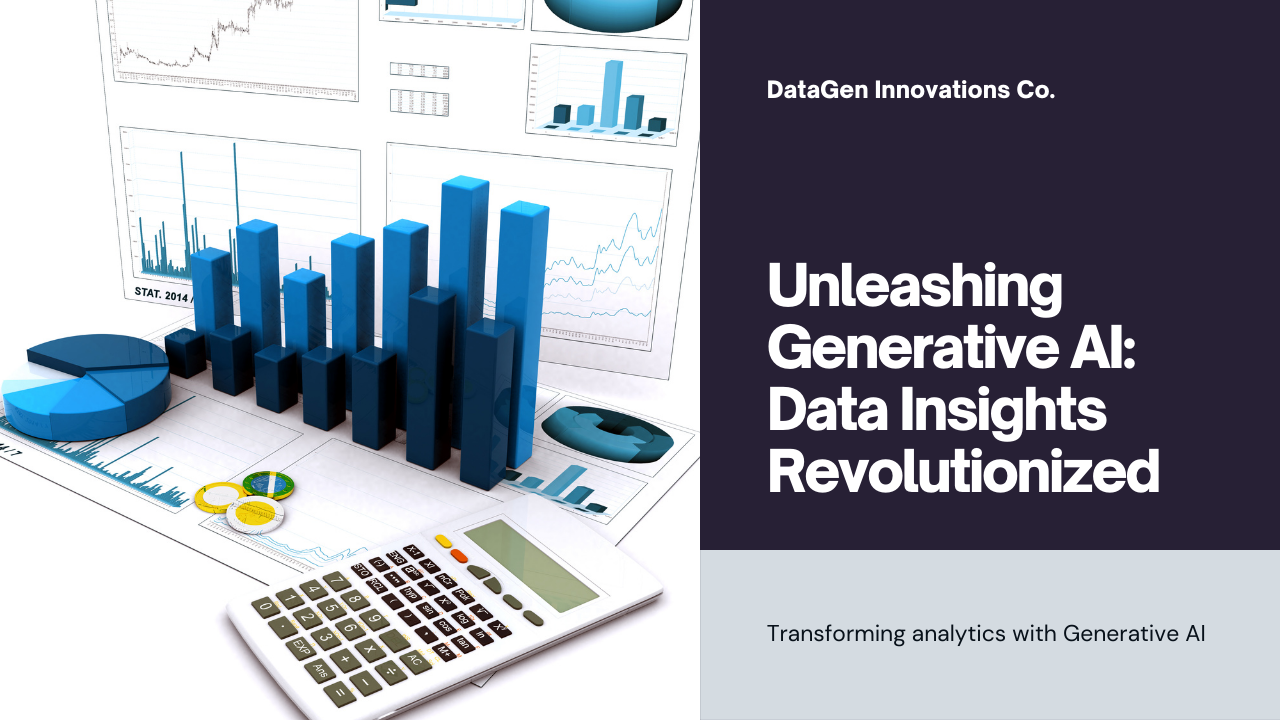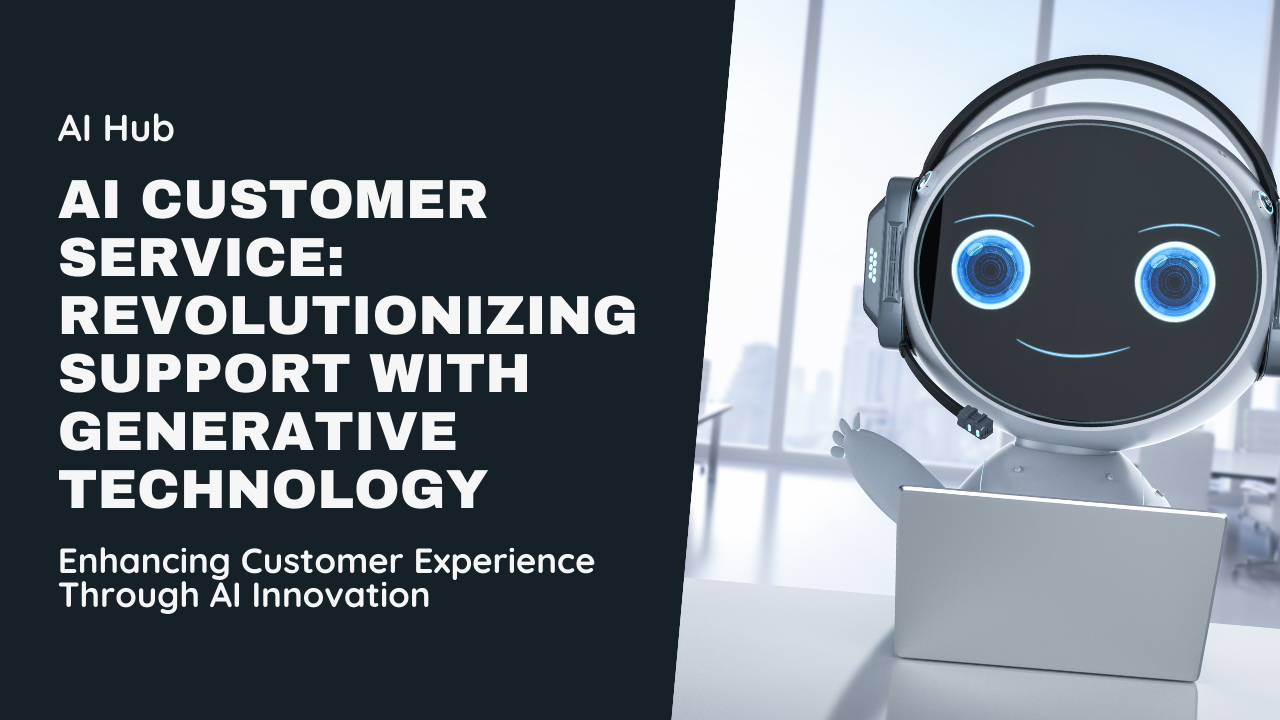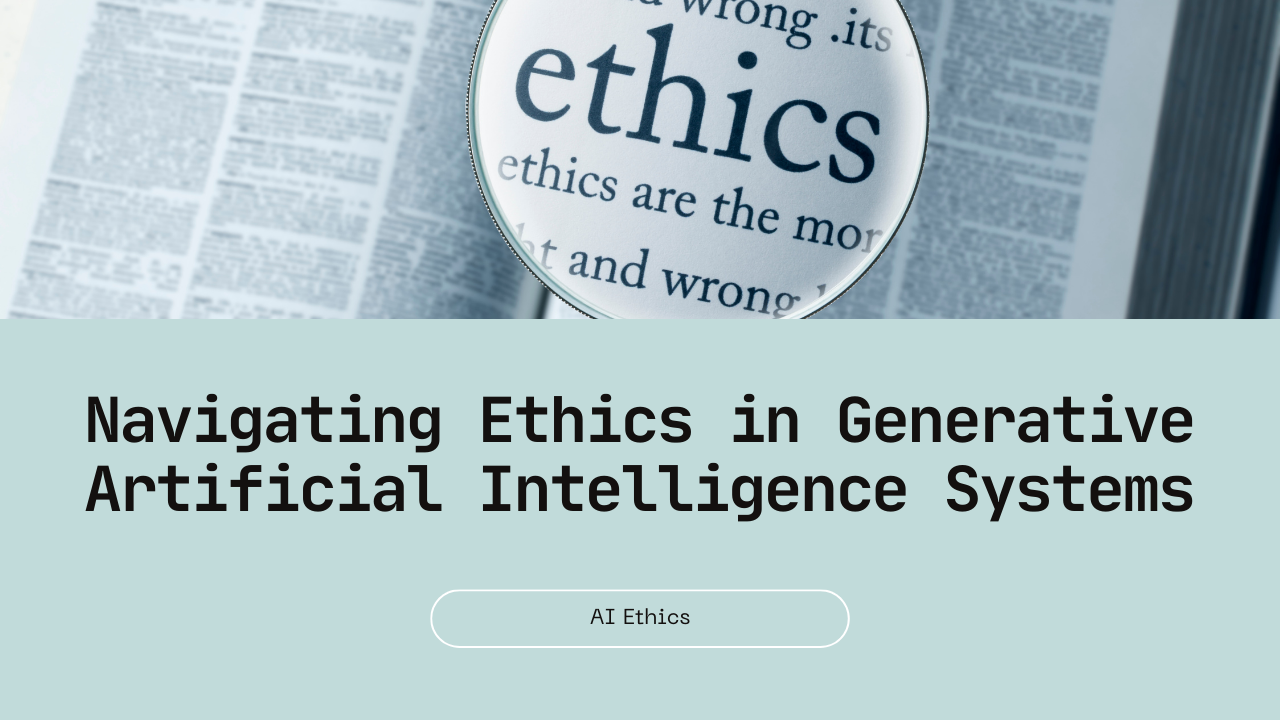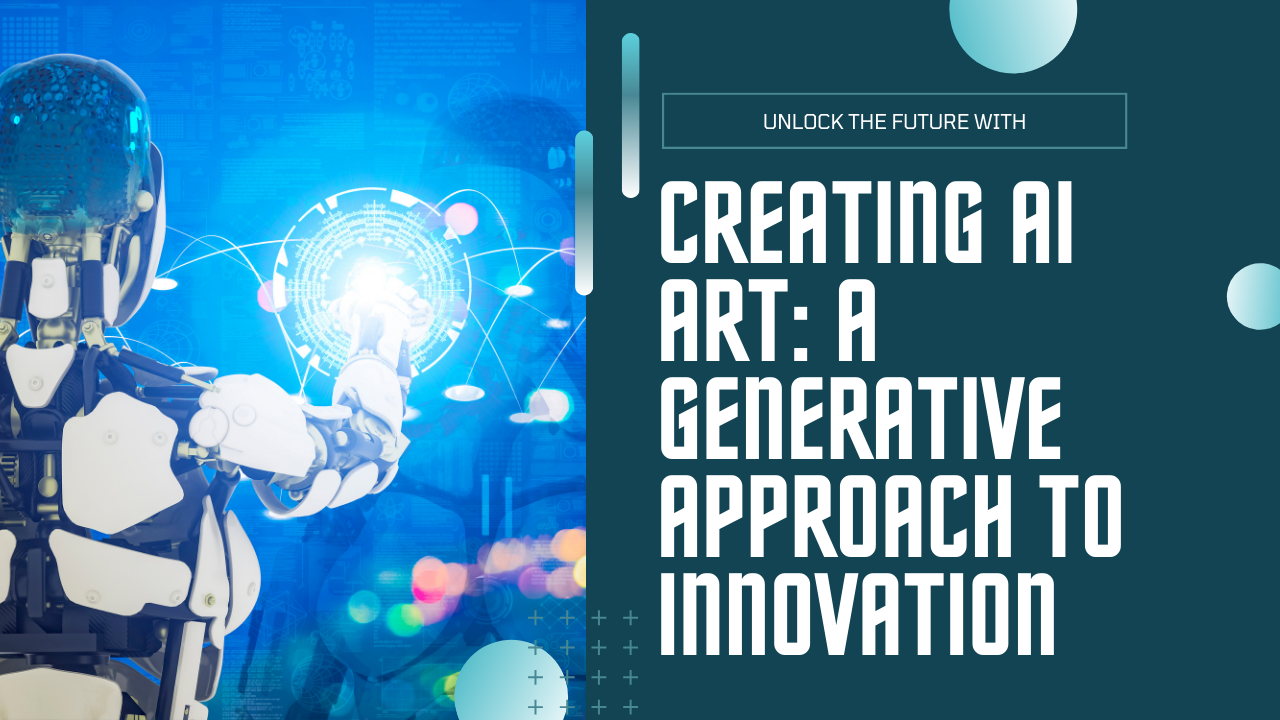Introduction: Artificial Intelligence (AI) has become integral to modern technology, powering applications from personalized recommendations to autonomous vehicles. Central to the effectiveness of AI is the accuracy of its models, which heavily depend on how they are trained. This blog explores essential strategies and best practices for training AI models to achieve superior accuracy, enabling businesses to unlock the full potential of AI-driven solutions.
Understanding AI Model Training: AI model training involves feeding large amounts of data into algorithms to teach them how to perform specific tasks, such as image recognition or natural language processing. The goal is to optimize the model’s parameters and architecture to accurately predict outcomes or classify inputs based on patterns learned from the training data. Achieving high accuracy requires careful consideration of data quality, model selection, training techniques, and evaluation metrics.
1. Data Preparation and Quality Assurance: High-quality data is the foundation of accurate AI model training. Before training begins, it’s crucial to gather and preprocess data to ensure it is clean, relevant, and representative of real-world scenarios. Data preprocessing involves tasks such as cleaning noisy data, handling missing values, normalizing features, and balancing datasets to prevent biases. Quality assurance measures, including data validation and outlier detection, help maintain data integrity and improve model generalization.
2. Choosing the Right Model Architecture: Selecting an appropriate model architecture is critical for achieving accurate AI predictions. Depending on the task at hand, developers can choose from a variety of models such as convolutional neural networks (CNNs) for image recognition, recurrent neural networks (RNNs) for sequential data, or transformer models for natural language processing. Transfer learning techniques, which involve fine-tuning pre-trained models on specific datasets, can expedite training and improve accuracy for tasks with limited data availability.
3. Hyperparameter Tuning and Optimization: Hyperparameters are parameters that define the structure and behavior of AI models, such as learning rate, batch size, and regularization strength. Optimizing hyperparameters through techniques like grid search, random search, or Bayesian optimization helps find the optimal configuration that maximizes model performance and accuracy. Automated machine learning (AutoML) tools can streamline this process by automatically selecting and tuning hyperparameters based on performance metrics.
4. Implementing Data Augmentation Techniques: Data augmentation techniques enhance model robustness and generalization capabilities by artificially expanding the training dataset. Techniques such as rotation, flipping, cropping, and color jittering can generate variations of existing data samples, effectively increasing the diversity and quantity of training examples. Augmented data helps AI models learn invariant features and improves their ability to generalize to unseen data, leading to higher accuracy in real-world applications.
5. Regularization and Dropout Techniques: Regularization techniques prevent overfitting, a common challenge where AI models memorize training data rather than learning underlying patterns. Techniques such as L1 and L2 regularization penalize large parameter values, encouraging the model to focus on essential features and reduce complexity. Dropout regularization randomly disables neurons during training, forcing the model to learn redundant representations and improving its ability to generalize to new data, thereby enhancing accuracy.
6. Continuous Training and Fine-Tuning: AI model training is an iterative process that requires continuous refinement and fine-tuning. Monitoring model performance metrics, such as accuracy, precision, recall, and F1-score, helps identify opportunities for improvement. Implementing techniques such as online learning and incremental training allows models to adapt to changing data distributions and evolving user preferences, ensuring sustained accuracy and relevance over time.
7. Evaluating and Iterating Model Performance: Evaluating AI model performance is essential for assessing accuracy and identifying potential shortcomings. Utilizing evaluation metrics such as confusion matrices, ROC curves, and precision-recall curves provides insights into model behavior across different classes and thresholds. Conducting thorough error analysis helps diagnose common mistakes and biases, guiding iterative improvements in data collection, preprocessing, and model refinement.
Conclusion: In conclusion, training AI models for better accuracy requires a systematic approach encompassing data preparation, model selection, hyperparameter tuning, data augmentation, regularization techniques, continuous training, and rigorous performance evaluation. By following these best practices, businesses can develop AI-driven solutions that deliver reliable predictions, improve decision-making processes, and drive innovation across various domains.







